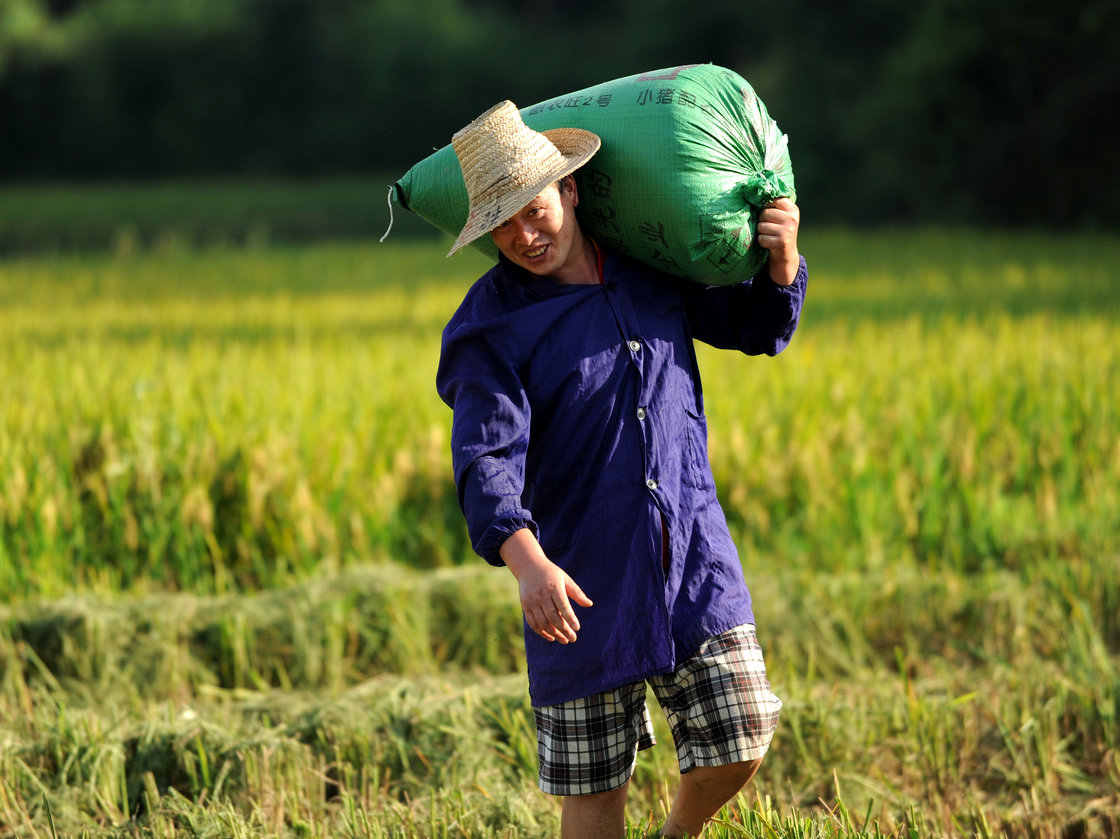
Post by Eliza Barclay, The Salt at NPR Food (9/11/13)
It's one of the great paradoxes of our time: Hundreds of millions of people go hungry, and yet we waste a whopping 1.43 billion tons of food — one third of what we produce. Food waste is a problem in rich countries and poor countries alike, and it's happening throughout the supply chain — from the farm to the truck to the warehouse to the store to your refrigerator.
And, as we've reported before, not only are we missing the opportunity to feed hungry people with this food, we're also exacerbating the impact of food production on the environment.
A report from the Food and Agriculture Organization out Wednesday brings these impacts into sharper focus. And the message is clear: All that food we're allowing to rot is creating billions of tons of greenhouse gases, and costing us precious water and land. According to the FAO, each year, we lose a volume of water equivalent to the annual flow of Russia's Volga River in all the food we throw away.
To figure out the world's food waste hotspots, the FAO created pairs of regions and commodities. When they crunched the numbers, they found that six out of the 10 pairs with the highest waste were in Asia. At the top was vegetables from industrialized Asia (China, Japan and Korea), followed by cereals (including rice) from those three countries. In all, six out of 10 pairs were Asian.